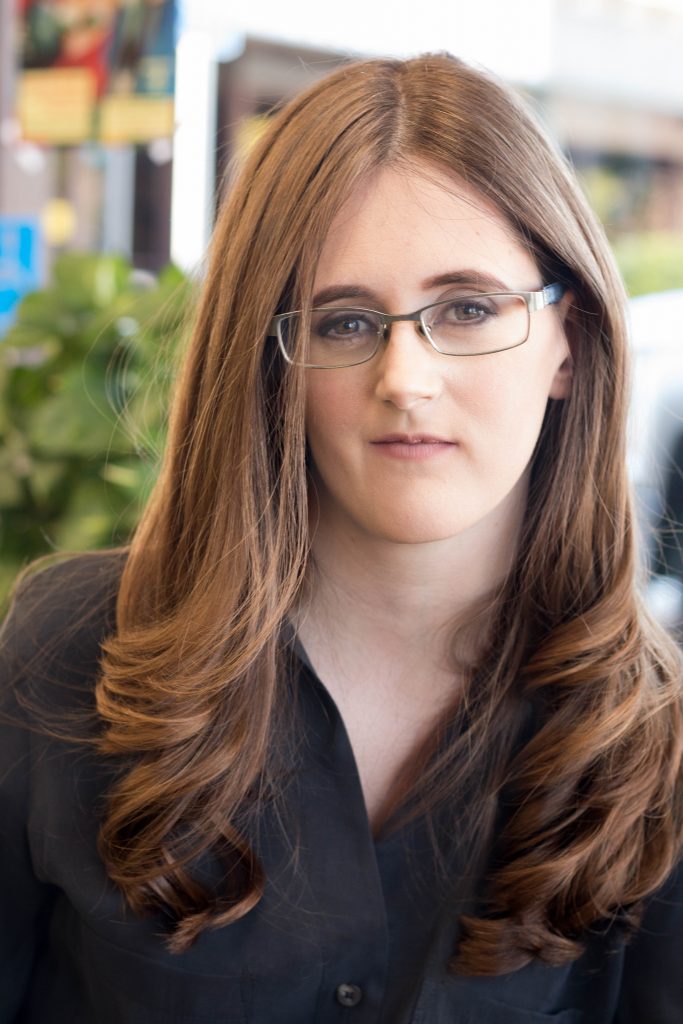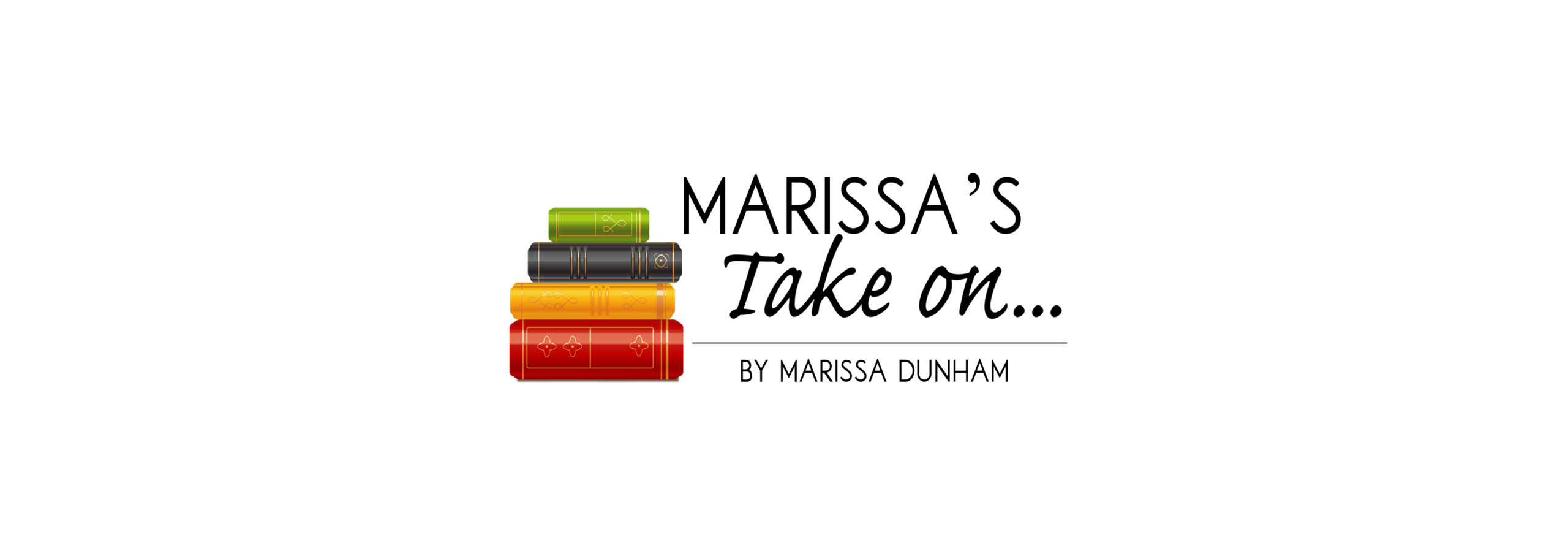By Marissa Dunham //
This column reviews books on the craft of writing. The series began in 2020 with books that sparked imagination and sought to answer questions about craft, lifestyle, and writing problems for writers at all levels.
We’ll still review books on the craft of writing, but instead of reviewing one book each month, we will cover five on a specific topic. This month’s topic is Your First Writing Craft Book.
Why should beginners study writing?
Many of us come at writing a story from falling in love with reading. My sister recently told me of a book she read on a plane from Austin, Texas, back to California. She read the last 150 pages in two and a half hours (of her three-hour flight). You would think that writing would be as easy as reading my sister’s book, but rarely do we writers manage to accomplish 5 or 10 or even 1 page on a good day.
The appetite of a reader far exceeds the output of a writer. That’s because reading and writing are not the same.
Your first craft book is all about dipping your toes into how to write. Contemporary writing is done in collaboration, in workshops, with editors, and with other publishers to make the writing accessible to the reader. Learning what story structure, indirect discourse, creative nonfiction means through reading books on craft is intended to help you navigate the writing industry.
Ernest Hemingway on Writing edited by Larry Dunlap was my personal first book on writing. I picked this book because I wanted to know what it felt like to think like a writer, to look at a book from the writer’s loving perspective, and to validate that what I thought about myself–that I was a writer–was true.
This is why writers study how to write. We get stuck in our heads very easily—thinking that we’re not good enough, that the writing is terrible—but at the end of the day what matters is that you’re writing. Nothing satisfies more than getting words on the page. This is why we read.
As I always say to new and intermediate writers, don’t get hung up on the details of what these books are peddling. Learn the basics and move on to the writing part. Feel refreshed and confident by what you read to write better tomorrow.
When you find your book, you should get a thrill from the synopsis.
Here are the five!
This book could appear on any of my lists, but I chose to include it in Your First Writing Craft Book because it is foundational and something you’ll keep as a reference for unexpected story problems throughout your journey. Many writing programs include Writing Fiction in their required reading lists, and you’ll find that the explanations and short stories provide a well-rounded, informative view on what makes a story.
- Wonderbook: The Illustrated Guide to Creating Imaginative Fiction by Jeff VanderMeer
This book features sidebars with essays and tips from some of the biggest names in fantasy, including George R.R. Martin and Neil Gaiman. The book is 360 pages with beautiful illustrations and was written from examples within the fantasy genre, but, really, the definitions for story elements are transferrable to any fiction writer. The explanations are accessible and written in a smart, comprehensive way. Make sure to check out the great infographic in the back that illustrates the development of a writer from embryonic to advanced.
- Writing True: The Art and Craft of Creative Nonfiction (Second Edition) by Sondra Perl and Mimi Schwartz
The book is a little dry, but it gets to the heart of the revision process, the ethics of writing in this genre, and the research that goes into creative nonfiction. The book is 415 pages and would be useful for memoir, personal essay, and narrative journalism.
All about mindset practice, Goldberg lays loose track for beginning writers. She will help you understand what it means to be a writer and give you tips on the lifestyle.
- Writing the Memoir (Second Edition) by Judith Barrington
Barrington’s approach to memoir is straightforward and well-researched. Her teachings are respectful to the emotional and oftentimes difficult memories writers face when putting their lives to paper. The book is 224 pages with useful exercises and is a great book for those starting to write their memoir.
Marissa’s Take Practice Exercise: Write about when you realized you were a writer or what you think it felt like for your favorite author to hear his or her calling.

MARISSA DUNHAM is a writer and freelance editor. She spent the early part of her career in educational publishing, but now spends most of her time editing literary fiction, magical realism, and middle grade fiction. She lives in Southern California, where she enjoys bringing new life into the world by planting tomatoes and flowers in the garden.


Thanks for the article. There are so many craft books out there and many are just repeating the same information. I love Burroway’s book and keep it handy. Since I am writing a thriller, I am always looking for hints on that genre. Recently I read an old article by Ian Fleming of the James Bond books. His major piece of advise was, “keep the readers turning the pages.”